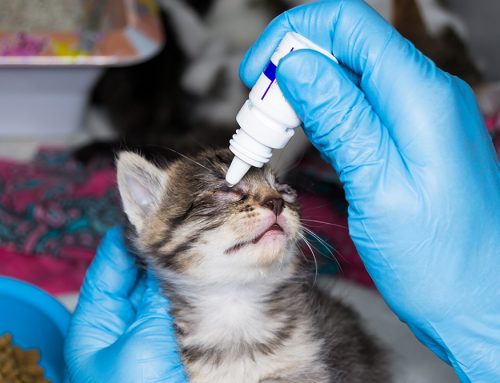Overview
Pyoderma is a common skin infection in pets, characterized by the presence of pus and inflammation in the skin. This condition can affect both dogs and cats, leading to discomfort and various symptoms. Understanding the signs and treatment options for pyoderma is essential for maintaining your pet’s health and well-being.
Causes
Pyoderma in pets can be triggered by several factors, including:
- Bacterial Infections: The most common cause of pyoderma is a bacterial infection, usually involving Staphylococcus bacteria.
- Underlying Skin Conditions: Conditions such as allergies, parasites, or hormonal imbalances can predispose pets to pyoderma.
- Injuries or Wounds: Any breach in the skin’s surface can become infected and lead to pyoderma.
- Immune System Issues: Pets with compromised immune systems are at higher risk for developing pyoderma.
Symptoms
Symptoms of pyoderma in pets may vary but commonly include:
- Red, Inflamed Skin: Areas of the skin may appear red and swollen.
- Pustules and Crusts: Pus-filled bumps and crusts can form on the skin.
- Itching and Discomfort: Pets may scratch, bite, or lick the affected areas excessively.
- Hair Loss: Areas with pyoderma may experience hair loss.
- Foul Odor: A bad smell may be present in areas affected by infection.
Diagnosis
A veterinarian will diagnose pyoderma based on:
- Physical Examination: Inspecting the affected areas of the skin.
- Skin Tests: Performing skin scrapings, cultures, or biopsies to identify the causative agent.
- Medical History: Reviewing your pet’s history of skin problems, allergies, or underlying health issues.
Treatment
Treatment for pyoderma typically includes:
- Antibiotics: Oral or topical antibiotics are prescribed to combat bacterial infections.
- Medicated Shampoos: Special shampoos can help soothe the skin and aid in healing.
- Topical Treatments: Creams or ointments may be applied directly to the affected areas.
- Addressing Underlying Issues: Treating any underlying conditions or allergens that may be contributing to the infection.
Prevention
To reduce the risk of pyoderma, consider the following:
- Regular Grooming: Keep your pet’s coat clean and free of matting.
- Healthy Diet: Ensure a balanced diet to support overall skin health.
- Prompt Wound Care: Address any injuries or wounds promptly to prevent infection.
- Routine Vet Visits: Regular check-ups can help catch and manage any skin issues early.
When to Seek Help
If you notice signs of pyoderma in your pet, it is important to seek veterinary care promptly. At Mission Veterinary Clinic, we provide urgent care for pets with skin conditions and other health concerns. We are located at:
Mission Veterinary Clinic
16915 San Fernando Mission Blvd
Granada Hills, CA 91344
Phone: 818-363-8143
Please note that we operate on a walk-in basis only and do not take appointments. Our team is here to provide the necessary care and treatment for your pet’s skin condition.
Contact Us
For more information or to visit us, please call 818-363-8143 or come directly to our clinic. We are dedicated to ensuring the health and comfort of your pet.










Leave A Comment